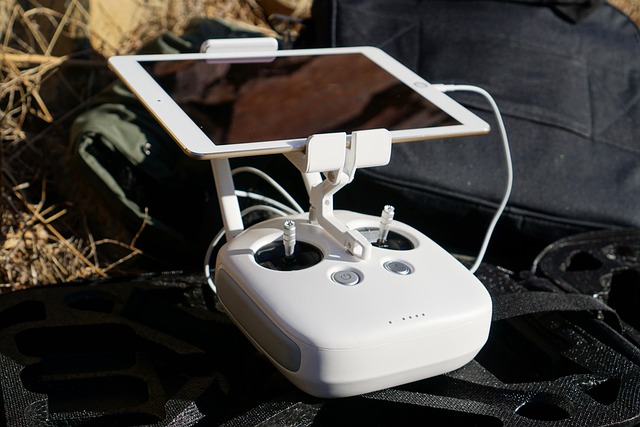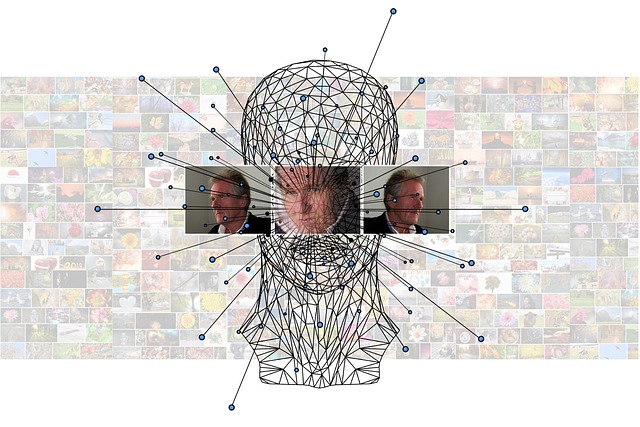In the rapidly evolving landscape of modern enterprises, the fusion of artificial intelligence with robotics has become a pivotal driver of operational excellence. At the heart of this convergence lies a concept that has been steadily gaining traction: artificial dialogue. By enabling machines to understand, generate, and respond to human language in real‑time, artificial dialogue transforms static automation into dynamic, conversational partners that can adapt, learn, and collaborate with human teams. This article explores how artificial dialogue is reshaping the automation paradigm, the tangible benefits it delivers across various sectors, the challenges that still need to be addressed, and the promising horizons that await.
The Genesis of Artificial Dialogue in Business Automation
For decades, industrial robots and automated workflows relied on rigid scripts, deterministic rules, and pre‑programmed routines. The limitations of such systems were evident: they struggled with variability, required extensive re‑engineering for every new task, and offered little room for human oversight or collaboration. The advent of natural language processing (NLP) and machine learning shifted this paradigm. Artificial dialogue emerged as a means for machines to engage in meaningful conversations, bridging the gap between human intent and robotic action.
Initially confined to customer support and simple command interfaces, artificial dialogue has matured into sophisticated systems capable of contextual understanding, intent recognition, and even emotional nuance. Today, these systems empower robots to receive verbal instructions, ask clarifying questions, and provide status updates—all within the same conversational loop. This level of interactivity dramatically reduces the need for specialized training and accelerates the deployment of automated solutions across diverse business functions.
Transformative Benefits Across the Enterprise
Artificial dialogue injects flexibility and resilience into automation architectures, yielding measurable advantages:
- Operational Agility – Robots can adjust their behavior on the fly based on conversational cues, reducing downtime and the need for manual re‑programming.
- Enhanced Workforce Collaboration – Human operators can interact with machines using natural language, fostering a partnership model rather than a master‑slave dynamic.
- Reduced Training Overhead – Employees learn to work with robots through conversational interfaces, cutting the learning curve from weeks to minutes.
- Data‑Driven Insights – Every dialogue session generates structured logs that can be mined for performance metrics, error patterns, and continuous improvement.
In manufacturing, for instance, a robotic assembly line equipped with artificial dialogue can pause mid‑task, explain the reason to a supervisor, and request clarification before proceeding. In logistics, autonomous forklifts can negotiate with staff about cargo placement, optimizing space and safety without manual intervention.
Case Study: Conversational Robots in a Smart Warehouse
One leading distribution center integrated a fleet of autonomous guided vehicles (AGVs) with an AI‑driven dialogue layer. Warehouse associates could issue commands like, “Bring the next pallet of electronics to zone B,” and the AGVs would confirm, “Delivering electronics pallet to zone B. Estimated arrival: 3 minutes.” If a conflict arose—say, an obstacle in the path—the robot would say, “Obstacle detected on route to zone B. Would you like me to reroute?” This simple, human‑friendly interaction reduced errors by 42% and increased throughput by 18% within the first six months.
Technical Foundations of Artificial Dialogue
Artificial dialogue systems are built upon a confluence of technologies:
- Natural Language Understanding (NLU) – Parses spoken or typed input into structured representations of intent and entities.
- Dialogue Management – Maintains context, handles multi‑turn conversations, and orchestrates back‑and‑forth communication between human and robot.
- Natural Language Generation (NLG) – Converts internal states or sensor data into coherent, human‑readable responses.
- Robotic Perception and Control – Interprets sensor input and executes physical actions based on directives received through the dialogue layer.
Recent advances in transformer architectures and few‑shot learning have dramatically improved NLU accuracy, allowing systems to understand domain‑specific jargon with minimal annotated data. Dialogue management models now incorporate reinforcement learning, enabling robots to refine conversational strategies based on feedback and outcome success rates.
Safety and Trust: The Human Factor
Despite the technical prowess, the human‑robot interface remains the critical axis of trust. Artificial dialogue must adhere to principles of transparency, predictability, and accountability. For example, a robot should explicitly state when it cannot execute a requested action and offer alternative solutions. By embedding safety protocols directly into conversational flows—such as emergency stop requests or manual override confirmations—companies can mitigate risks while preserving operational momentum.
“The success of conversational robotics hinges not on the algorithms alone, but on the confidence the human partner places in them.” – Industry analyst, 2025
Challenges to Widespread Adoption
While the promise of artificial dialogue is undeniable, several hurdles still impede full-scale deployment:
- Domain‑Specific Language Variability – Many industries employ niche terminologies that standard NLP models may misinterpret, necessitating costly domain‑adaptation efforts.
- Latency Constraints – Real‑time conversations require low‑latency processing; any delay can disrupt critical tasks or erode trust.
- Regulatory Compliance – Sectors such as healthcare or finance impose strict data privacy and safety standards, complicating data collection and model training.
- Human Acceptance – Employees may fear job displacement or mistrust automated partners, requiring comprehensive change‑management initiatives.
Addressing these challenges requires a multidisciplinary approach, combining advances in hardware acceleration, edge computing, robust domain adaptation pipelines, and transparent governance frameworks.
Future Trajectories: From Conversational Control to Collaborative Cognition
The next frontier for artificial dialogue in business automation is the integration of multimodal communication—combining voice, gesture, and visual cues to create richer, more intuitive interactions. By leveraging computer vision and gesture recognition, robots will be able to ask for clarifications through body language or visual prompts, while humans can communicate intent through simple gestures or point‑and‑click interfaces.
Moreover, the rise of embodied AI, where virtual assistants are embedded within physical robots, promises seamless transitions between virtual and physical task execution. In such systems, a conversational AI could plan a task in a simulated environment, then hand over the execution to a robotic platform, all guided by a continuous dialogue that updates the user on progress, obstacles, and contingencies.
Economic Implications: Productivity and Innovation
Adopting artificial dialogue for automation can generate significant cost savings by reducing labor hours, minimizing errors, and accelerating time‑to‑market for new processes. Companies that effectively harness conversational robotics position themselves as innovators, gaining a competitive advantage in sectors where speed and precision are paramount. Additionally, the insights gleaned from dialogue logs enable data‑driven process optimization, fostering a culture of continuous improvement.
Conclusion: Embracing a Conversational Future
Artificial dialogue stands at the crossroads of human ingenuity and machine efficiency. By enabling robots to understand, respond, and adapt through natural language, businesses unlock a new era of agile automation that is more intuitive, safer, and more productive. While challenges remain—especially around domain adaptation, latency, and human trust—ongoing research and industry collaboration are steadily lowering barriers. As enterprises continue to invest in conversational robotics, the line between human and machine will blur, giving rise to collaborative partners that work side by side, not beneath, to achieve shared goals.




